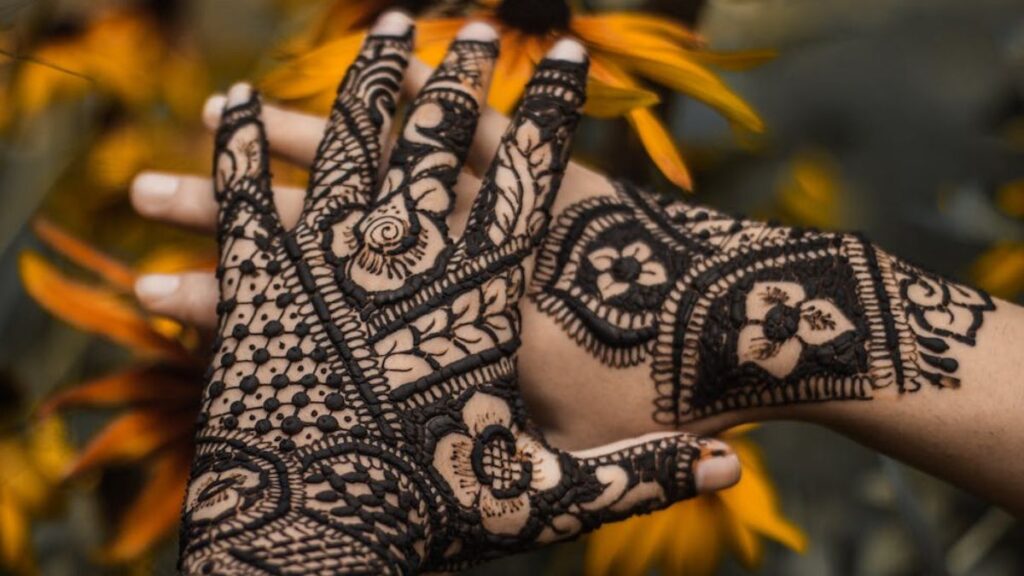Mehndi, commonly known as henna art, has been fascinating people of all backgrounds and countries for millennia. Mehndi is a kind of body art that involves applying a paste made from henna powder to the skin to create elaborate patterns, most often on the hands and feet. In many areas of the world, including India, the practice of applying mehndi has significant cultural and historic significance. This article delves into the fascinating realm of Mehndi Design, discussing its cultural significance and highlighting a stunning selection of mehndi patterns.
The History and Cultural Significance of Mehndi
Mehndi is an important part of the history and culture of numerous countries, including India, Pakistan, Bangladesh, and a number of countries in the Middle East. References to mehndi may be discovered in ancient Indian writings and even in Egyptian archaeological findings, suggesting that its roots go back to antiquity.
Marriages, holidays, and religious festivals all have a common thread: mehndi. It is a staple at celebrations because of the faith that it will protect against harm and usher in good fortune. Mehndi is used to decorate the skin and symbolize creativity and femininity.
Intricate Mehndi Designs: A Feast for the Eyes
The elaborate patterns and motifs used in mehndi are what make it so attractive. Skilled painters use delicate lines, sweeping curves, and geometric forms to create breathtaking designs. Flowers, paisleys, peacocks, and lacy patterns are common motifs in traditional mehndi designs.
Mehndi is a centuries-old art form that has developed over time to incorporate modern elements and fusion patterns. You may discover a variety of genres nowadays, such as Indo-Arabic fusion, Moroccan, and Arabic. In contrast to the complex detailing and narrative aspects frequently seen in Indian mehndi design, Arabic mehndi design are noted for their bright, flowing patterns and use of negative space.
Mehndi as a Form of Self-Expression and Body Art
Mehndi is significant culturally, but it is also becoming increasingly popular as a means of expressing oneself and decorating one’s body. In addition to its traditional uses, mehndi is increasingly being used as a form of self-expression and beautification. These days, you may see Mehndi designs on worldwide runways and in high fashion magazines.
Celebrities have also embraced mehndi, donning it on their hands and feet for red carpet events and photo sessions. Instagram and Pinterest, in particular, have become veritable treasuries of mehndi design ideas, with innumerable artists and fans posting their own original creations.

Conclusion
Mehndi is a beautiful kind of body art that combines elements of culture, creativity, and individuality. As a result of its historical and cultural significance, it is widely used at ceremonies and festivities across the world. The wide variety of patterns available in mehndi, from classic motifs to cutting-edge fusion art, fascinate and delight onlookers and participants alike. People all around the world continue to be enchanted and inspired by mehndi design, whether for a particular event, to show creativity, or simply to admire the beauty of this ancient art form.











